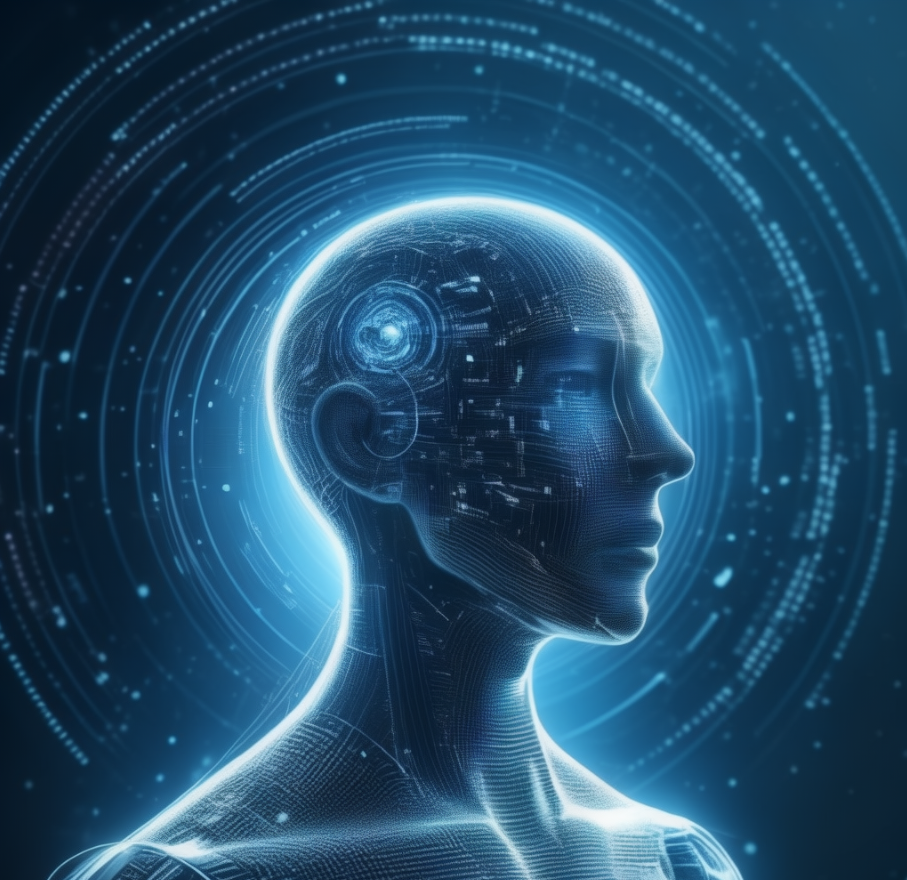Artificial Intelligence (AI) is a vast field with numerous technologies, each bringing unique benefits to businesses. To effectively leverage AI in business strategies, it’s essential to understand the different types of AI technologies.
Machine Learning (ML)
Machine Learning is a subset of AI that enables computers to learn from data and make predictions or decisions without being explicitly programmed. Applications of ML include:
- Facial Recognition: Unlocking devices using facial features.
- Medical Imaging Analysis: Detecting abnormalities in medical scans.
- Predictive Analytics: Forecasting sales or estimating stock prices.
- Fraud Detection: Identifying suspicious activities.
Large Language Models (LLM)
LLMs are a specialized form of ML focused on understanding and generating human language on a large scale. While they share similarities with traditional ML, LLMs are tailored for natural language processing tasks. Examples of LLMs include OpenAI’s ChatGPT, Microsoft Bing, and Google Bard/Gemini. Additionally, deep learning, which mimics the brain’s neural networks, excels in image and speech recognition.
Natural Language Processing (NLP)
NLP is the branch of AI that deals with the interaction between computers and human language. It enables applications like chatbots and language translation by allowing computers to understand, interpret, and generate human language.
Artificial Intelligence Overview
- Artificial Intelligence (AI): Programs that can learn and reason like humans.
- Machine Learning (ML): Algorithms that learn from data without explicit programming.
- Deep Learning: A subset of ML where neural networks learn from vast amounts of data.
General AI vs. Narrow AI
There are two main types of AI:
- Artificial General Intelligence (AGI): AI systems with human-like cognitive abilities, capable of understanding and performing any intellectual task that a human can. AGI is often depicted in science fiction.
- Artificial Narrow Intelligence (ANI): AI systems designed for specific tasks, such as playing chess or diagnosing medical conditions.
Understanding Generative AI
Generative AI learns patterns and structures from large datasets during its training phase, typically using deep learning techniques like neural networks. Once trained, these models can generate new content, such as text, images, or music, based on learned patterns. They can take input data and produce coherent, contextually relevant output. Over time, user feedback helps improve the quality of the generated content, making generative AI a versatile tool for various creative and business applications.
The Future of AI
As AI technology advances, we can expect to see innovations we never thought possible. For instance, robots that fold laundry might soon become common in households. However, for now, let’s focus on the AI opportunities available today and how they can benefit your business.
By understanding these key AI terms and technologies, businesses can better harness the power of AI to improve efficiency, enhance customer experiences, and drive innovation.



